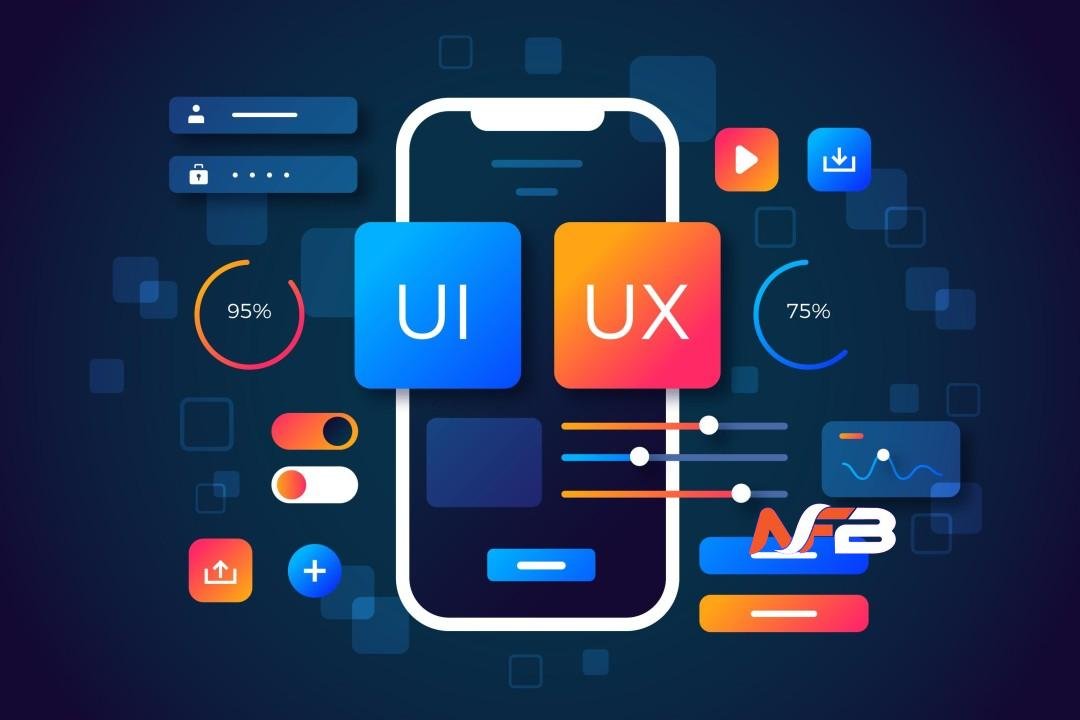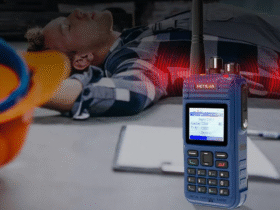Emerging trends like AR/VR, VUIs, and AI/ML, which emphasize user-centric experiences and ethical standards, will affect the future of UI/UX design. To be competitive in this ever-evolving industry, designers need to be able to adapt to key competencies and proactive approaches.
The field of UI/UX design is developing quickly, influencing how we will interact with digital products in the future.
Technology is expanding the realm of what is feasible, from the ease of use of voice user interfaces (VUIs) to the immersive experiences provided by virtual reality (VR) and augmented reality (AR). This article examines the newest developments in UI/UX design resources, trends, and technologies.
Reasons for Enrolling in a UI/UX Design Course
The desire for flawless digital experiences is growing, and UI/UX designers are in high demand. Discover how taking a UI/UX design course might improve your job opportunities and get advice on which course to enroll in.
In the current digital era, a well-designed user interface (UI) and the seamless user experience (UX) it provides are critical to the success of any digital platform, including websites and mobile apps. Naturally, this has led to the need for fresh talent in the UI/UX design area becoming constant.
A UI UX design course can be a game-changer if you’re thinking about a career in this exciting industry. Although independent learning has advantages, taking a structured course led by professionals in the field offers many more advantages.
New Developments in UI/UX Design
Our experiences with applications and websites are evolving due to augmented reality (AR) and virtual reality (VR). The ability to see and feel digital objects in three dimensions adds to the excitement and naturalness of interactions. While virtual reality (VR) may transport you to entirely new worlds, some retailers allow you to use AR to view how a couch would look in your home room. AR and VR will become increasingly important to UI/UX design as they advance.
The Prospects for UI/UX Design in Diverse Domains
With the introduction of new technology and the rise in consumer expectations, the way we design the functionality and appearance of applications and websites is evolving rapidly. Here are some areas where UI/UX design may soon undergo significant changes:
E-Commerce
You can use augmented reality (AR) to view things in your surroundings before you buy them at more online stores. This increases your confidence in the product you’re purchasing.
Thanks to artificial intelligence (AI) and machine learning, stores will become more adept at suggesting products to you based on your personal information. This implies that you’re more likely to purchase with the assistance of chatbots, and virtual assistants are always there to respond to your inquiries.
Education
VR and AR will make digital learning more engaging and will improve student learning by creating a more realistic environment. Everyone will find it easier to use learning apps and websites, even those who require more assistance due to disability.
Medical Care
The ability to video chat with doctors on more apps and websites will facilitate access to healthcare. Patient websites will simplify the process of reviewing your medical history, determining when medication is due, paying fees, and scheduling appointments.
Amusement
With enhanced graphics, audio, and even touch, AR/VR will make games and movies feel more lifelike. Additionally, systems will become more adept at making time-saving recommendations for shows, albums, podcasts, and other media.
These illustrations demonstrate how UI/UX design is moving in an exciting new direction in a variety of fields. As technology advances and our online lives become increasingly enhanced, it will be crucial to make things simple, enjoyable, and user-focused.
Demand for Career/Job Markets
The demand for designers of websites and apps is growing in the employment market. Let’s explore the state of employment, earning potential, and remote work opportunities.
Techniques
UI/UX designers can get ready for the future by making time for ongoing education, going to industry gatherings, following thought leaders in the field, working with other experts, keeping track of their findings, and thinking ahead of time about how new technologies can improve user experiences.
By taking these proactive measures, designers may stay ahead of the always-changing sector.
Conclusion
The UI/UX design field is rapidly evolving due to new technologies and user expectations. We’ve discussed how the usage of augmented reality (AR), artificial intelligence (AI), talking to devices, and emphasizing the utility of tech for all are changing how we interact with websites and applications.
Great experiences may be made by UI/UX designers who are adaptable and always have the user in mind. For those who are willing to adapt, the future appears promising!














Leave a Reply